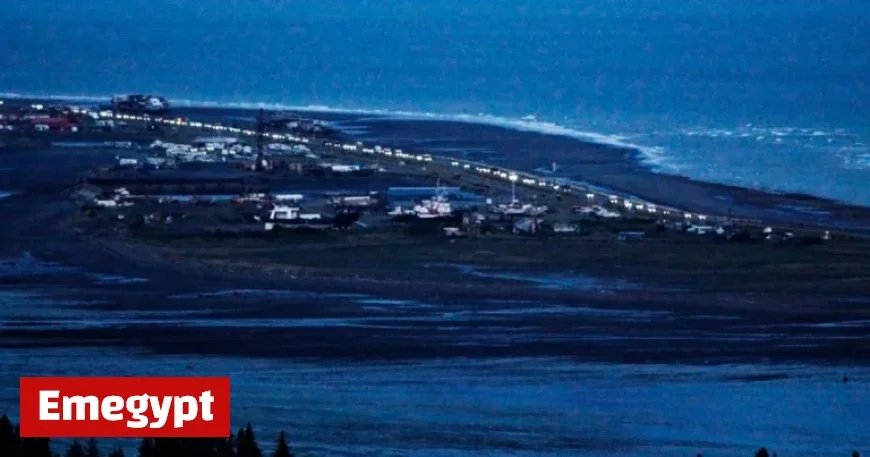U.S. Tsunami Warning System Faces New Challenge Amid Funding Cuts

Recent funding cuts pose significant challenges to the U.S. tsunami warning system. Notably, nine seismic stations in Alaska are scheduled to shut down this month. This closure threatens tsunami forecasting capabilities, especially for the West Coast.
The Shutdown of Alaskan Seismic Stations
The seismic stations, which rely on a federal grant that lapsed last year, provide crucial data for tsunami prediction. This federal grant was not renewed, which has left tsunami forecasters in a vulnerable position.
According to Michael West, director of the Alaska Earthquake Center, the loss of these stations could delay tsunami warnings for coastal communities in Alaska. More distant areas, such as Washington State, could also receive less accurate forecasts.
Importance of Seismic Data
The data from these stations is essential for understanding earthquakes in the Alaskan Subduction Zone. This area is prone to some of the world’s most powerful seismic events, posing an ongoing risk to states like California, Oregon, and Washington.
Impact on Tsunami Warning Centers
- Two U.S. tsunami warning centers operate continuously in Palmer, Alaska, and Honolulu, Hawaii.
- The centers depend on data from Alaska’s seismic stations to make life-saving predictions.
- Currently, both centers are understaffed.
In the Palmer center, only 11 of the 20 full-time positions are filled, and in Hawaii, 4 out of 16 roles are vacant. The National Oceanographic and Atmospheric Administration (NOAA) has also reduced funding for tsunami risk mitigation programs.
Broader Implications of Funding Cuts
Aside from cutting funding for seismic stations, NOAA has laid off key staff, including the tsunami program manager. These decisions are part of a larger trend of federal budget cuts impacting scientific research and climate initiatives.
Most of the Alaskan stations set to be decommissioned are in remote regions of the Aleutian Islands. They have historically provided real-time seismic data, which is crucial for early tsunami warnings.
The Risk of Inaction
The impending shutdown raises concerns among seismologists about the potential for delayed tsunami warnings. Tom Fahy, union legislative director for the National Weather Service Employees Organization, emphasizes that equitable preparedness requires maintaining operational capacity in these critical regions.
Tsunami warnings depend heavily on timely data. Without the Alaskan stations, initial forecasts could lack precision, complicating evacuation decisions along the U.S. West Coast.
Historical Context and Future Concerns
The Alaska-Aleutian subduction zone has a history of triggering devastating tsunamis, including the 1964 event that resulted in 124 fatalities. Experts stress that understanding seismic activity in this area is essential for mitigating future tsunami risks.
The U.S. tsunami warning centers aim for initial forecasts within five minutes following an earthquake. The closures of these stations mean more uncertainty, potentially delaying vital community evacuations in the event of an emergency.
As discussions continue about the future of the U.S. tsunami warning system, stakeholders advocate for renewed investment and support to prevent the degradation of crucial monitoring infrastructure.






























